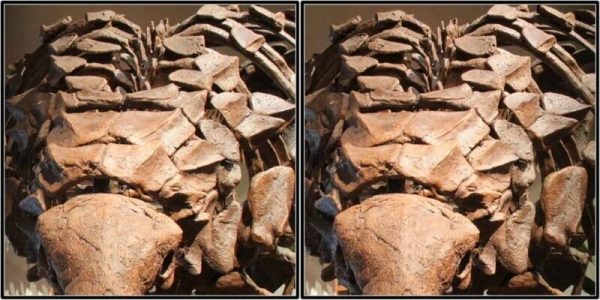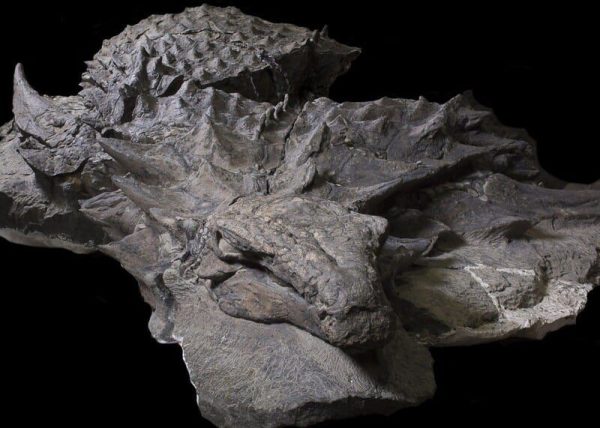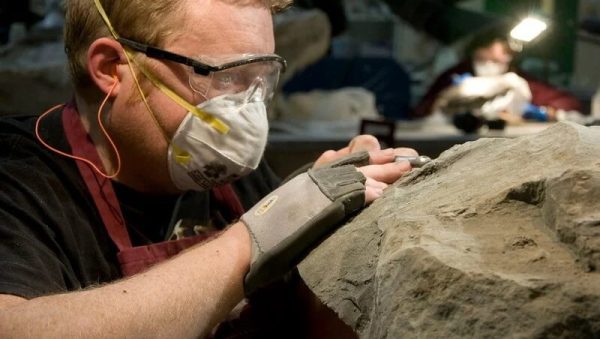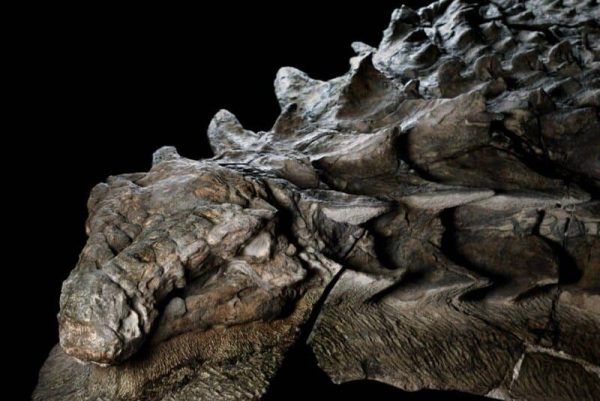Scientists are celebrating the discovery of one of the best-preserved dinosaur specimens ever found—an ancient nodosaur. This remarkable fossil, more than 110 million years old, was accidentally found by miners in Canada.

The nodosaur is so well-preserved that it is being referred to as a “dinosaur mummy,” as its skin and armor remain intact.
The nodosaur belonged to a newly discovered species and was an enormous four-legged herbivore protected by spiky, plated armor. Unlike previous nodosaur finds, which were skeletal remains, this specimen’s skin and armor are incredibly well-preserved.

The researchers examining the find were astounded by its level of preservation, stating that you can almost believe the dinosaur is sleeping when you look at it.
Weighing approximately 2,500 pounds, the fossilized nodosaur still retains its original weight. The exceptional preservation of this specimen allows scientists to study not only its bones but also its skin and even some of its guts.

The nodosaur’s skin color was determined using mass spectrometry techniques, revealing a dark reddish-brown color on the top of its body and a lighter shade on the underside.
The fossil, named Borealopelta markmitchelli, is a nod to Royal Tyrrell Museum technician Mark Mitchell, who spent over 7,000 hours meticulously unearthing the specimen. The nodosaur was found in a three-dimensional form, retaining its original shape.

The discovery of this “Mona Lisa of dinosaurs” offers a rare and intimate glimpse into a prehistoric world preserved with breathtaking precision.

The nodosaur’s incredible level of preservation challenges our understanding of fossilization and provides scientists with unprecedented insights into the anatomy and appearance of these ancient creatures.





